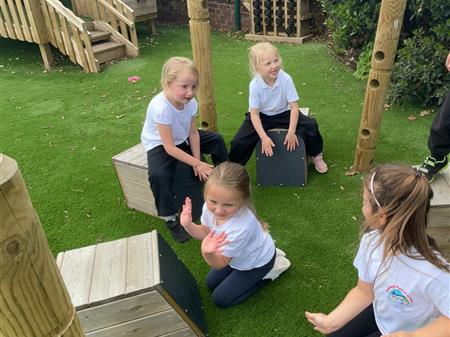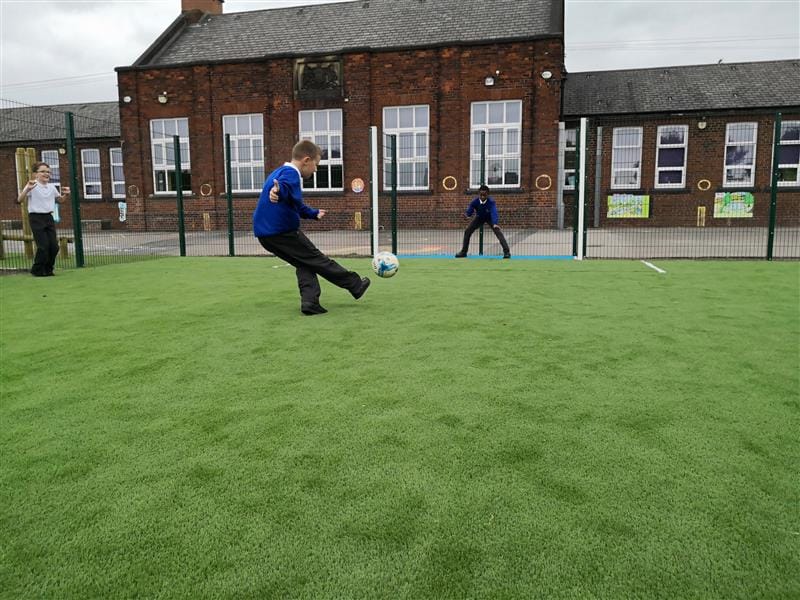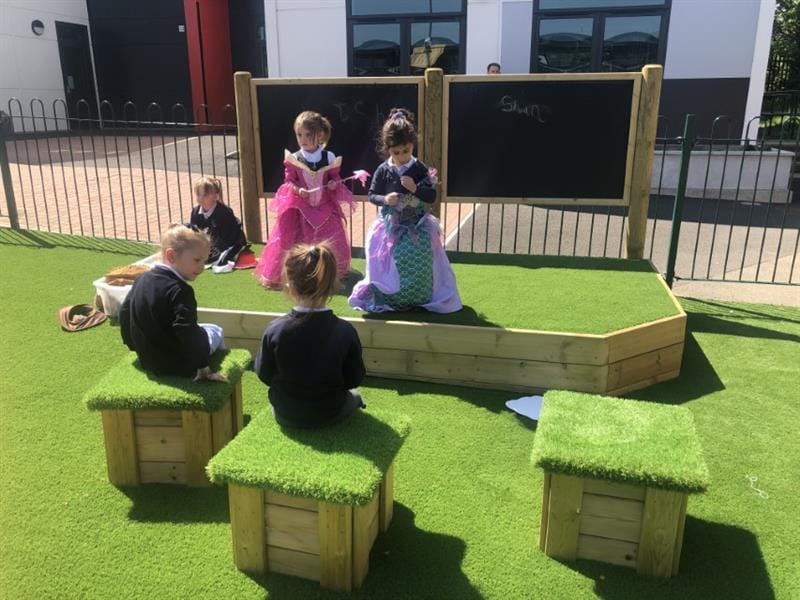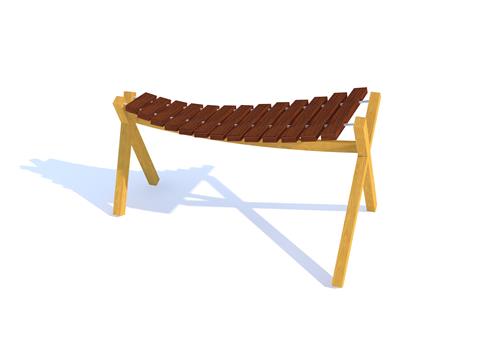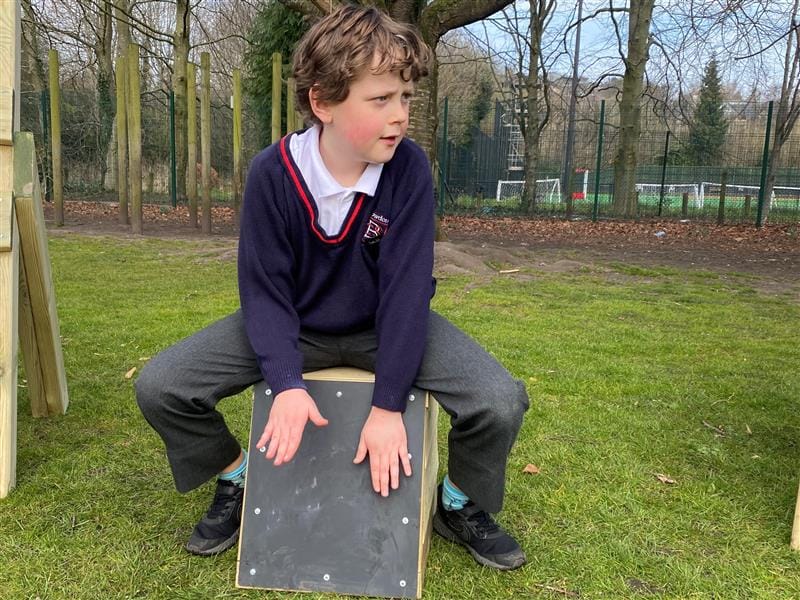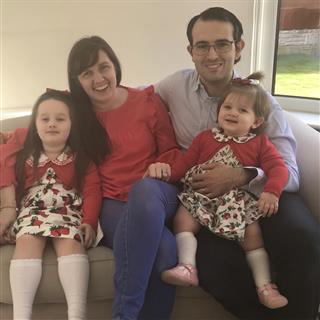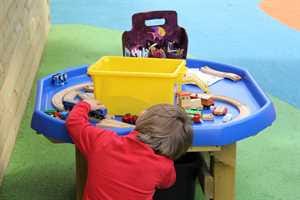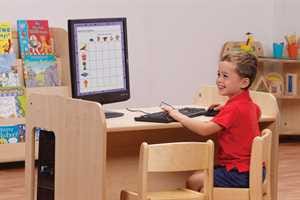
Children's Health
Highlighting the Importance of the Arts Curriculum in Primary Schools!
As a primary school teacher, I have always valued the importance of art in primary schools. Drama, music, art and dance allow children to express themselves and develop a greater understanding of the world. Teaching the arts has the power to engage, inspire and challenge pupils allowing them to learn new skills and to use their creativity to design.
Art was one of my favourite subjects throughout school. Art lessons helped me to imagine possibilities, to learn about history and explore different cultures and countries. I learnt how to think critically and experimented with different techniques and forms.

For me, the Arts brings brightness and joy to the world and for some pupils it can shape and define who they are, fuelling their imagination and igniting their creativity.
It saddens me that the arts subjects are increasingly being deprioritised in many primary schools as teachers struggle to meet core subject curriculum demands and targets. By the time pupils start secondary school their enthusiasm, attitudes and interest for subjects will have already been established. It is vital that we provide primary school children with a thorough introduction to the arts so that they can make informed choices.
Primary school teachers have the ability to spot a spark of talent in pupils from a young age. They have the power to guide children and create opportunities for them that they may otherwise never encounter.
.jpg)
A Cross-Curricular Approach To Art Activities
Teaching the arts provides pupils with transferable skills that can boost overall academic achievement. I believe it is valuable to teach the arts as important subjects on their own but links into many other curriculum areas can be made which helps to add interest and variety to topic work.
Pupils could produce prints when learning about rocks and fossils, create work inspired by David Hockney when studying local landscape features or learn more about different countries of the world when mastering different styles of dance. High quality arts education offers a broad and balanced curriculum for all pupils.
The arts curriculum provides children with many transferable skills such as critical thinking, understanding and respecting different cultures, thinking in depth, understanding how to make and learn from mistakes and emotional literacy.
I personally believe that the arts should not be seen as an ‘extra-curricular activity’ but should form an essential part of a creative school ethos. When children are given time to draw and doodle, they develop their imagination and language skills by sharing ideas with each other.
I have watched children become completely absorbed in drawing and painting, creating work that is completely unique to them. Art is a fantastic way for children to express themselves and to learn to value their uniqueness.
Building Personal Skills
The arts curriculum provides children with a creative outlet to explore and express their emotions. It can help to build resilience and develop social skills. For many children the arts can be a creative outlet for releasing feelings of pressure or stress of everyday life. Singing, dancing and creating can be a calming activity which children are in complete control of.
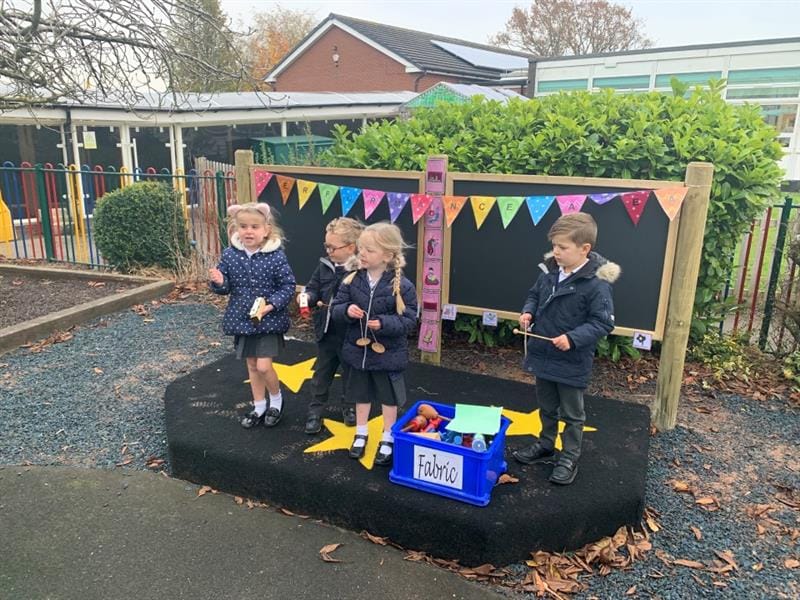
Displays, exhibitions and performances can be a huge boost for children’s confidence and self-esteem, raising aspirations throughout the whole school. Art displays often show the processes of thinking, planning, experimenting and learning rather than always a final product which helps children to realise the importance of resilience and process over product.
Arts and the Economy
The arts form a vibrant, creative industry which is central to our economy. An arts-rich education is crucial to the on-going success of creative business and entrepreneurs.
Creative industries are at less risk of automation and employers often seek candidates who are resilient, enthusiastic and creative.
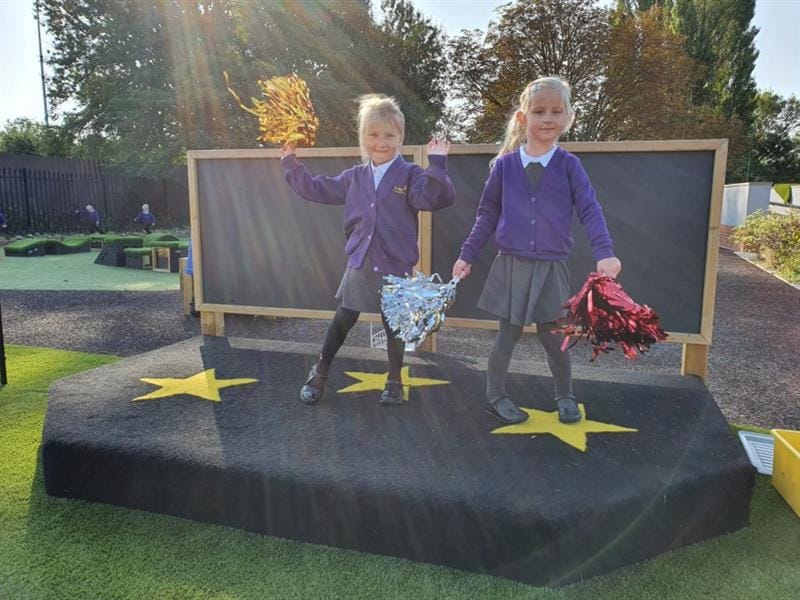
An education that combines the arts with science, technology, engineering and maths prepares our young people for creative industries which require both artistic and scientific skills.
Pick up a Paintbrush!
Teaching Art helps children to learn to observe the world around them more closely. Practitioners can help children to strike a balance between accurate representation and self-expression. Children will begin to develop a creative process using technical skills and by drawing on the work of significant artists. Pupils can be exposed to a variety of different forms of art such as painting, sculpture and decorative art which will help them to learn a variety of practical skills.
The outdoor environment can provide a fantastic stimulus for art projects. Young children can experiment with textures and materials by taking rubbings using different grades of pencil, crayons, chalks and charcoal. Scale and shape of objects will need to be considered as children search for interesting patterns.
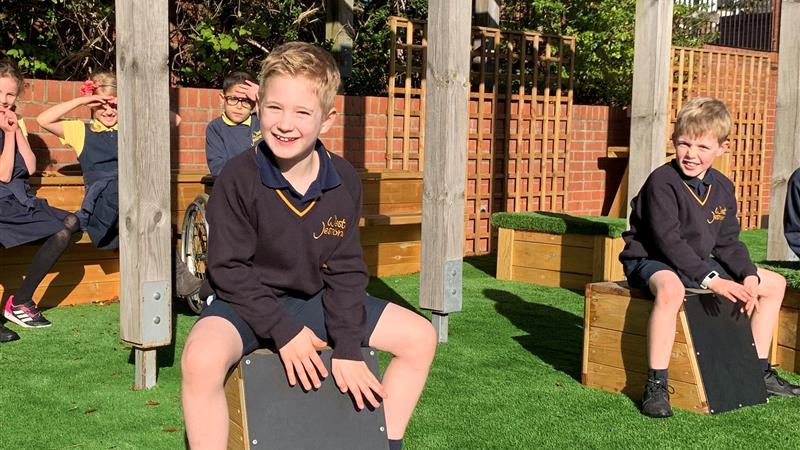
Pupils could experiment with clay to produce three-dimensional work, considering texture, form, shape and shadow. Coiled pots or decorative tiles can be created to use in the school garden.
Pentagon’s Giant Paint Panel allows children to experiment with the thickness of paint and how it can be applied. Brushes of different sizes can be used as well as sponges, sticks and cardboard with serrated edges. Colour mixing can be explored, perhaps children could create a piece using various shades of one colour such as green.

Print making is a great activity to do outside in the outdoor classroom. Ink can be rolled onto a plastic or glass surface and marks can be made with sticks, pencils or wood. Vegetable printing is an effective way of exploring repeating patterns which can take place on large sheets of fabric in the outdoor environment.
Researching the work of artists and designers and making links to their own work provides a great source of inspiration. Enthused by the work of Andy Goldsworthy, pupils could use natural materials to create various shapes and patterns.
Head to the Stage!
Drama is an extremely valuable tool that can be used across the Primary Curriculum. Drama activities help to develop effective speaking and listening, extend vocabulary and encourages pupils to understand and express different points of view.
Teaching Drama allows pupils to experiment with different styles of speaking, creating sound, movement, gesture and mime. Through acting, children can learn about a range of cultures and are provided with more ideas when writing in role.
Outdoor drama games can help to build a sense of teamwork, build confidence and develop self-control whilst having fun. Circular seating arrangements can be really useful so that groups can sit facing each other.
An example of a team game that is great for developing language and creativity is ‘Guess the Adverb.’ One player leaves the room whilst the rest of the group selects an adverb such as: slowly, cheerfully, sadly, noisily
The selected player returns and offers a simple mime for example: getting dressed, making a cup of tea, brushing teeth, playing football. All of the other players must perform the action in the style of the adverb and the selected player has three chances to guess correctly.
Traditional childhood stories and fairy tales can be a great introduction to mime, improvisation and character work. Children will enjoy exploring the story in depth and creating their own alternative versions.
A designated Outdoor Stage is an ideal platform for pupils to perfect performance poetry. ‘The Morning Rush’ by John Foster is a lively poem which young children will enjoy exploring. When performing poetry, children will consider different tones of voice, volume and timing. Movement is a great way to explore the rhythm and pace of a poem. Some pupils might find it helpful to sing, chant, clap, dance or drum the rhythm of the piece.
A Performance Stage or Amphitheatre would allow plenty of space for children to use different drama methods to enhance a variety of curriculum subjects. Some of the methods I use regularly are:
-
Conscience Alley
Children stand facing each other in two parallel lines. A character/pupil walks down the middle of the two lines whilst children from each side take it in turns to present contrasting viewpoints. They can seek to influence, persuade or dissuade. Once they reach the end of the line, after listening to both viewpoints, the selected pupil must listen to their conscience and give their verdict.
-
Hot Seating
This technique allows children to answer questions from the group whilst in role. Pupils gain a greater understanding of characters actions and motivations. Teachers can place themselves ‘in role’ by taking the hotseat and answering questions from the class.
-
Freeze Frame
Groups of pupils use their bodies to create a moment, idea, scene or picture. This method can highlight important moments or contrasting scenarios. As the children are holding the still image the teacher can tap a chosen character on the shoulder to indicate that they should speak their thoughts or feelings aloud.
Let’s Dance!
Young children love to use their creativity and imagination to dance. Dance is an art form of kinaesthetic intelligence and yet it can be low down on the priority list in favour of ‘academic’ subjects. Pupils can physically express and communicate their ideas through dance and will enjoy trying many different styles whether ballet, tap, tango or street.
Dancing provides children with physical confidence by developing coordination, control, posture and strength. Skills, sequences and dances should be taught so that children can begin to choreograph their own routines for performances.
An outdoor stage with seating provides an ideal, bright area for shows and mirrored panels would help children to refine movements and facial expressions. Having an outdoor performance space would allow children to regularly watch dance recitals. Members of the local community could be invited to watch and children from local secondary schools could perform for younger pupils.
The Power of Music
Music has the power to bring the whole school community together. The sheer joy of making music creates student bonds and encourages collaborative working.

Listening to a range of music helps children to expand their musical knowledge and allows them to think about the effects music can have on the listener. Pupils will enjoy engaging with different types of music from a wide range of cultures and traditions and pieces that reflect their own community.
Singing in schools can help children to be calm and focussed, increasing enjoyment and engagement in class. Children will learn how a vocal warm up can help to protect their voices and the importance of a relaxed posture.
Product Spotlight
Musical memory develops as pupils create their own melodies and short pieces. Pentagon’s range of Outdoor Musical Instruments allow children to devise their own compositions. Daily practise helps children to remember their harmonic sequences and rhythmic patterns.
Performing to an audience gives pupils a sense of confidence and ownership. Over time they learn to engage with the audience and work together with their fellow performers. Peer feedback can be an effective tool, enabling children to constructively express their thoughts.
I believe that the arts form an essential part of primary education. As educators we aim for our pupils to be able to imagine and to create new and unique solutions. Does our curriculum which places an emphasis on basic skills and standardised tests fully support creativity?
Purposeful learning often exists in children’s interactions with others and their environment. A well-planned arts curriculum can develop a positive school ethos where children develop a greater sense of well-being. As we begin to understand the effects of the pandemic and feel an increased pressure for children to catch up on missed learning in core subjects, we must not forget the importance of the arts curriculum.

.jpg)
.JPG)
